T-Mobile just made a move that could change how we think about emergency communication. The carrier has opened up its satellite 911 texting service to everyone, including AT&T and Verizon customers, at zero cost, according to Android Authority. It is a sharp pivot from competitive exclusivity to public safety collaboration, powered by the carrier's T-Satellite system that connects to SpaceX Starlink's 650+ Direct-to-Cell satellites (operated by SpaceX, not owned by T-Mobile). Coverage spans roughly half a million square miles of U.S. terrain where towers do not reach, as reported by Android Authority. Think desert highways, deep forest trailheads, wind-whipped lakes.
How T-Mobile's satellite 911 service actually works
The remarkable part is how hands-off it feels. Lose a cellular signal and your phone quietly shifts to the "T-Mobile TXT911" network. On Android you see a satellite icon. On iPhone 13 models it reads "LTE," according to Android Authority. No aiming at the sky, no on-screen guidance. Unlike Apple’s emergency satellite features that ask you to point and hold, this one works while your phone stays in your pocket, as noted by Gadget Review.
Setup is straightforward if you are not a T-Mobile customer. You need an unlocked phone with eSIM, then you enroll through T-Mobile's sign-up page. After that the system handles the handoff in the background, routing emergency texts through Starlink's low-Earth orbit constellation whenever terrestrial towers are out of reach.
Compatibility is broad, more than 60 phone models from major brands, but not universal. Android Authority reports that phones that already have built-in emergency satellite texting are not supported (e.g., Apple iPhone 14 and later and Google Pixel 9 and newer — note: Pixel 9A is an exception). For T-Mobile emergency texting, supported models include iPhone 13, Pixel 9A, Samsung Galaxy S21 and up, and select Motorola phones. Beyond 911, you can also text 988 for mental health support and 838255 for crisis assistance, which extends the utility when the emergency is not police, fire, or ambulance.
Beyond emergencies: T-Satellite's expanding capabilities
Free 911 texting grabs the headline, but T-Satellite has been growing into something bigger. The system launched nationwide in July and recently added data support, enabling apps like WhatsApp, AllTrails, AccuWeather, and Google Maps to function over satellite connections, according to Current Analysis. In other words, a credible backup when you are off-grid and still trying to message home, check a trail, or download a forecast.
The strategy behind it goes deeper than convenience. T-Mobile is building a parallel communications path that does not depend on vulnerable ground infrastructure. T-Mobile has announced app support and limited satellite data for selected apps (WhatsApp, Google Maps, AllTrails, etc.), but voice/video performance is limited, and app functionality varies.
There is a business side too. Apps such as Dialpad, FLORIAN, and MultiLine are supported, Current Analysis notes. T-Mobile positions the link for essential functions, not heavy data use, and performance still trails terrestrial mobile broadband. IoT support is not addressed yet, which leaves some enterprise needs on the table.
What this means for the competition
Offering free emergency texting to rival-carrier customers puts pressure directly on AT&T and Verizon. T-Mobile's marketing materials indicate that Verizon has fewer than 10 satellites operational and supports only select Android devices, and that AT&T remains in testing with its AST SpaceMobile partnership. T-Mobile, by contrast, says its system already covers about half a million square miles with more than 650 operational satellites. The gap in infrastructure tells the story more clearly than any ad campaign.
Industry strategy will have to adjust. By opening the door to everyone, T-Mobile shows off its satellite muscle while becoming the default emergency option regardless of your monthly plan. It is a public service and a flex, and it could nudge customers to switch.
The move also sharpens T-Mobile’s position against AT&T’s FirstNet and Verizon’s Frontline, Current Analysis reports. For T-Mobile customers, the full T-Satellite service is included with premium plans or costs 10 dollars per month. Customers on other carriers can use emergency texting for free or pay the same 10 dollars for broader satellite features.
The bigger picture for satellite connectivity
Satellite to phone is moving from novelty to normal. Gadget Review explains that T-Mobile’s system already outperforms Apple’s Emergency SOS in several areas, including media sharing, lack of group chat restrictions, and support across multiple device ecosystems. The automatic switching and wider device list make it feel like regular backup connectivity rather than a special-mode tool.
Apple focuses on emergency-only scenarios with manual activation. T-Mobile is chasing seamless integration that treats satellites like another layer of the network. That split in philosophy could shape the next wave of mobile architecture.
Looking ahead, T-Mobile plans to add voice calling and expand international coverage, Gadget Review notes. As 5G matures and the industry eyes 6G, closer satellite and terrestrial integration appears inevitable, according to TechNexus. Dead zones start to look less like facts of life and more like solvable problems.
Where do we go from here?
T-Mobile's free emergency satellite texting is more than a competitive play, it is a bet that satellite integration will become as common as Wi-Fi calling, TechNexus suggests.
There is a social layer to this too. Emergencies do not care which logo is on your bill. When someone needs help, the network should answer. T-Mobile’s move embraces that idea and could push the industry to treat public safety infrastructure as a shared responsibility.
As new features roll out and rivals respond, expect a rethink of how carriers tackle coverage gaps and preparedness, TechNexus reports. The real measure will be adoption and performance when it counts. For now, a reliable way to reach 911 from almost anywhere in the continental United States, no matter your carrier, feels like a meaningful step forward.




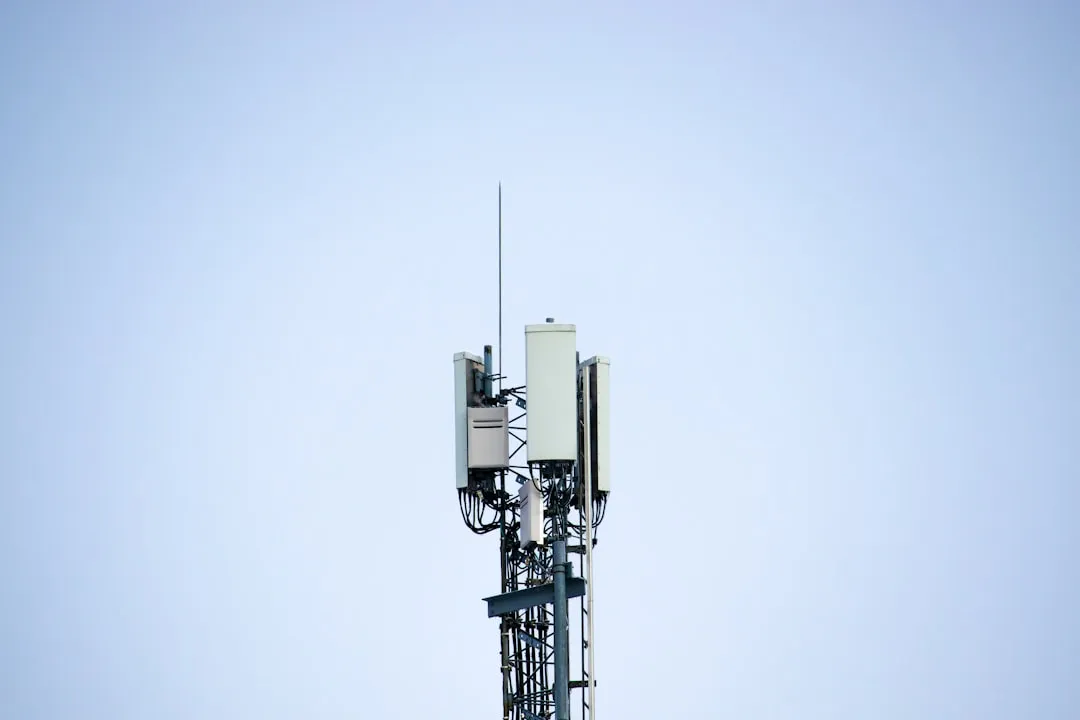
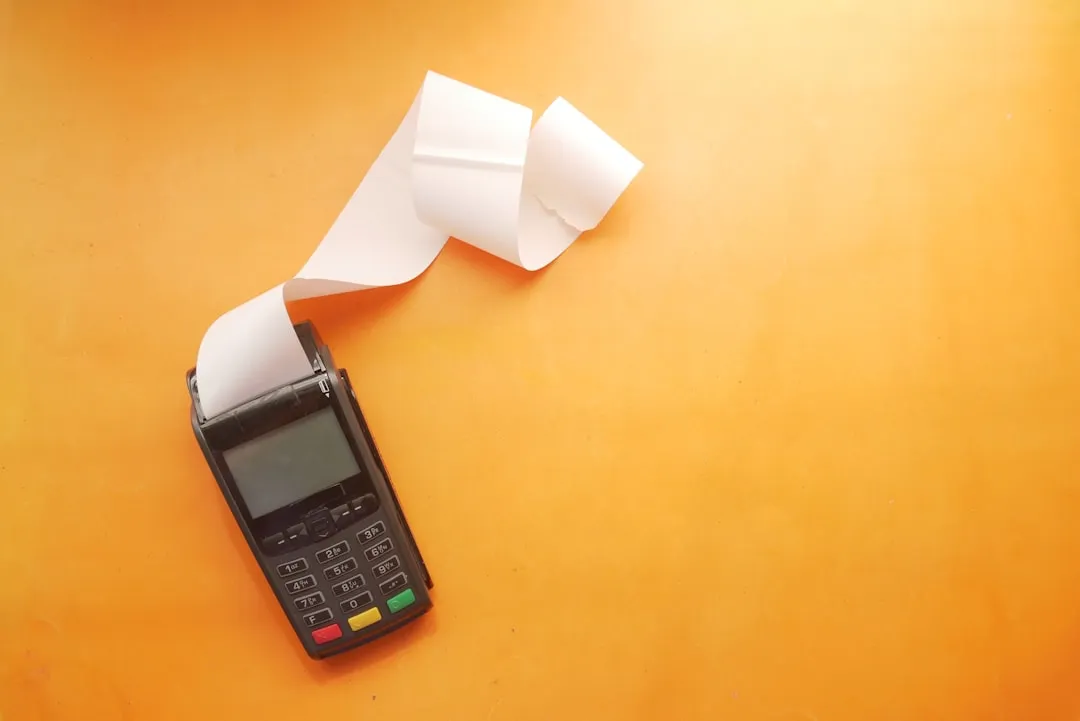
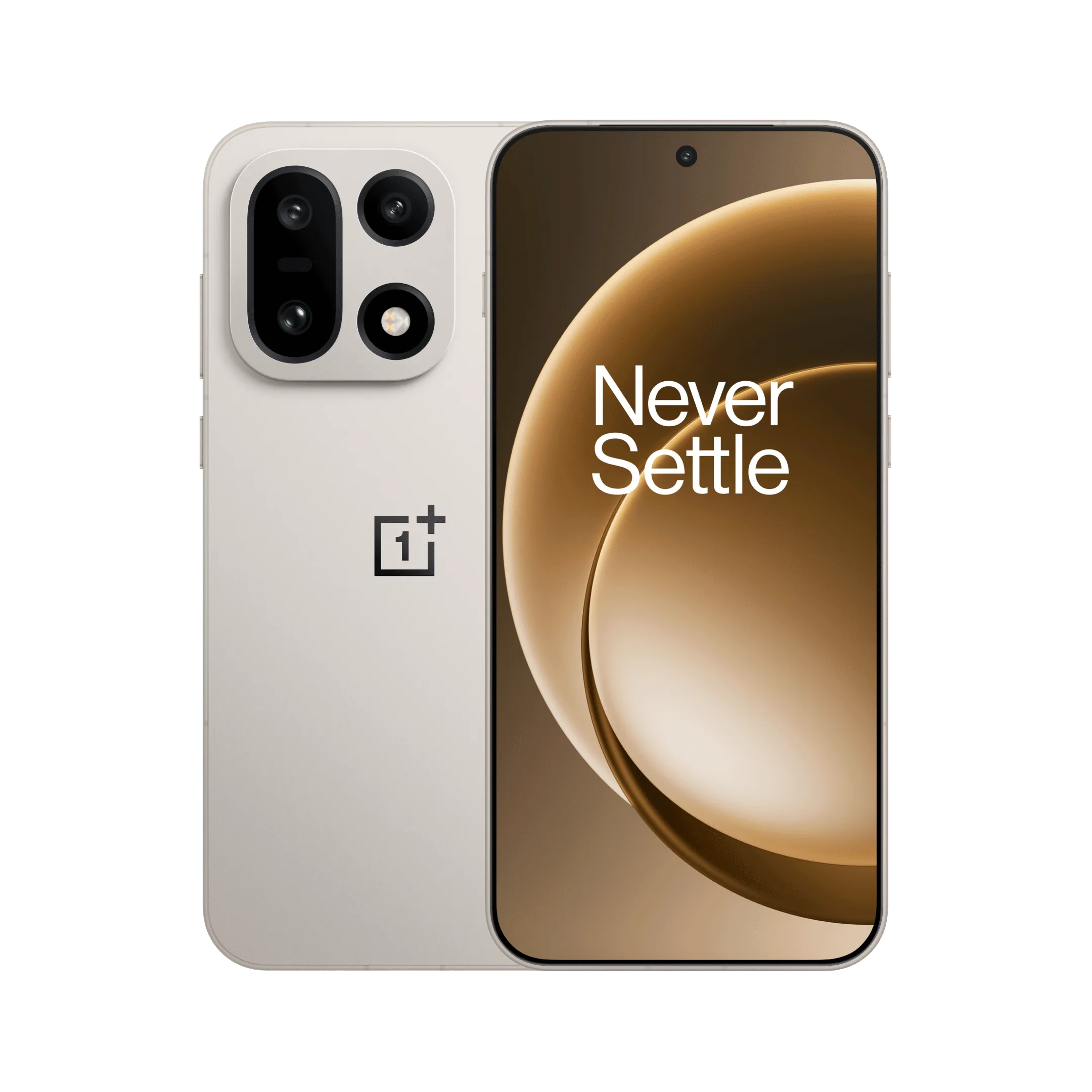
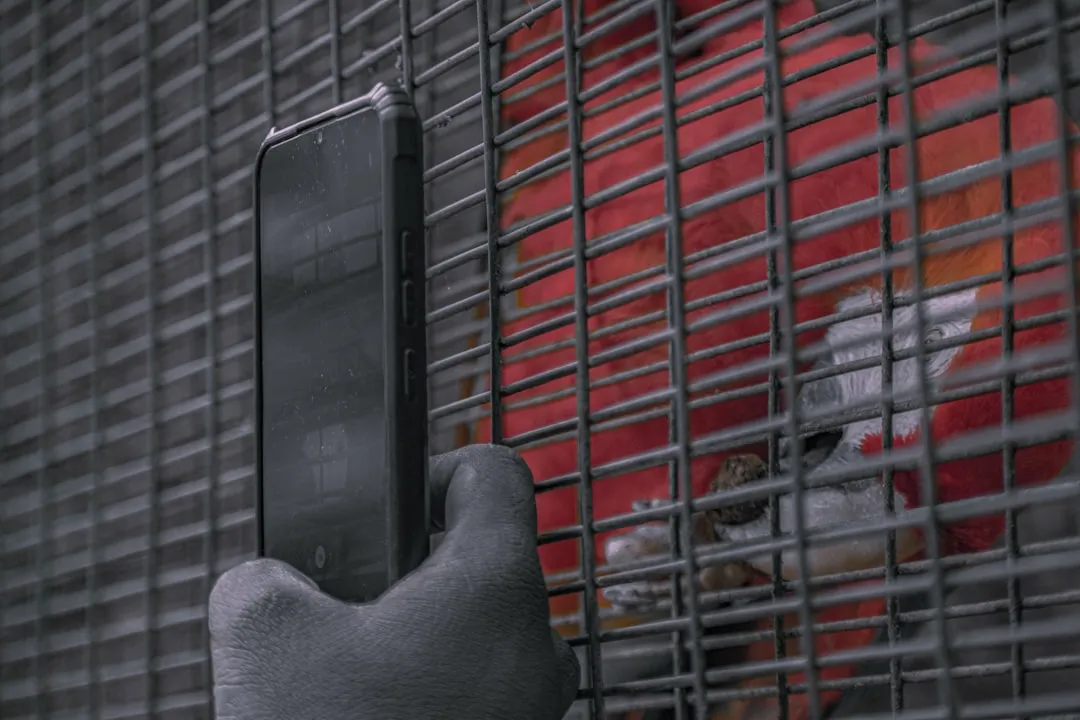
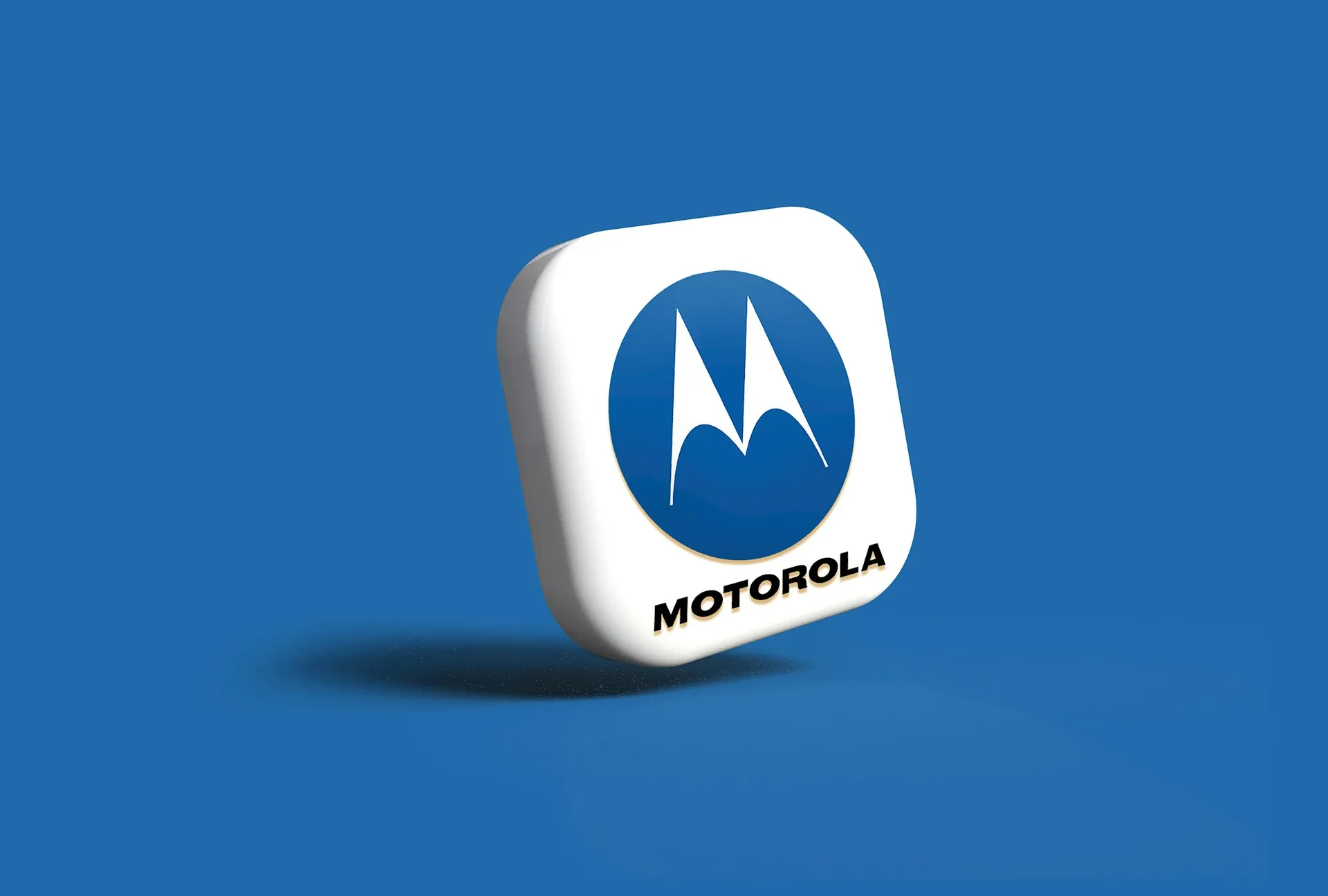
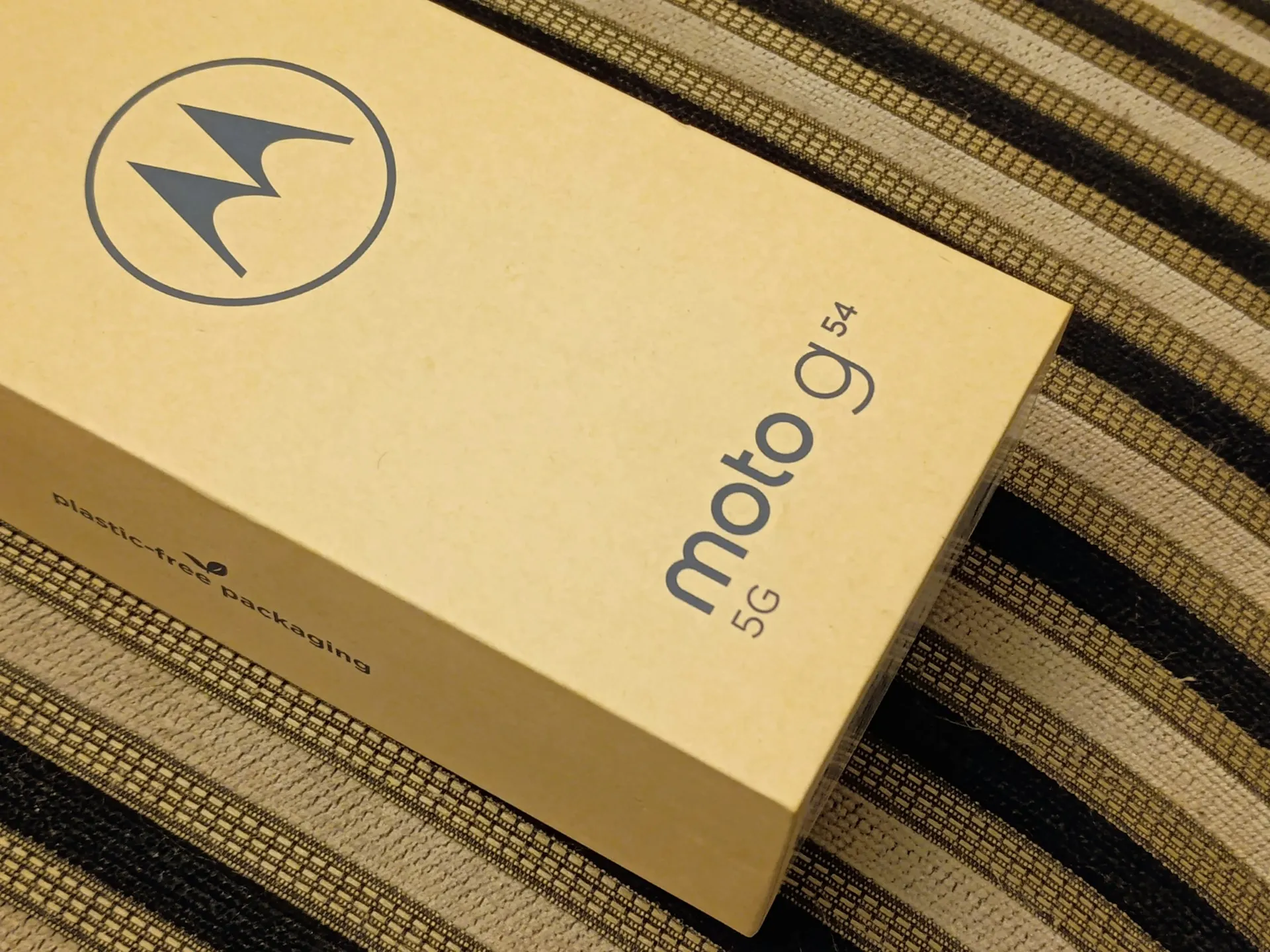


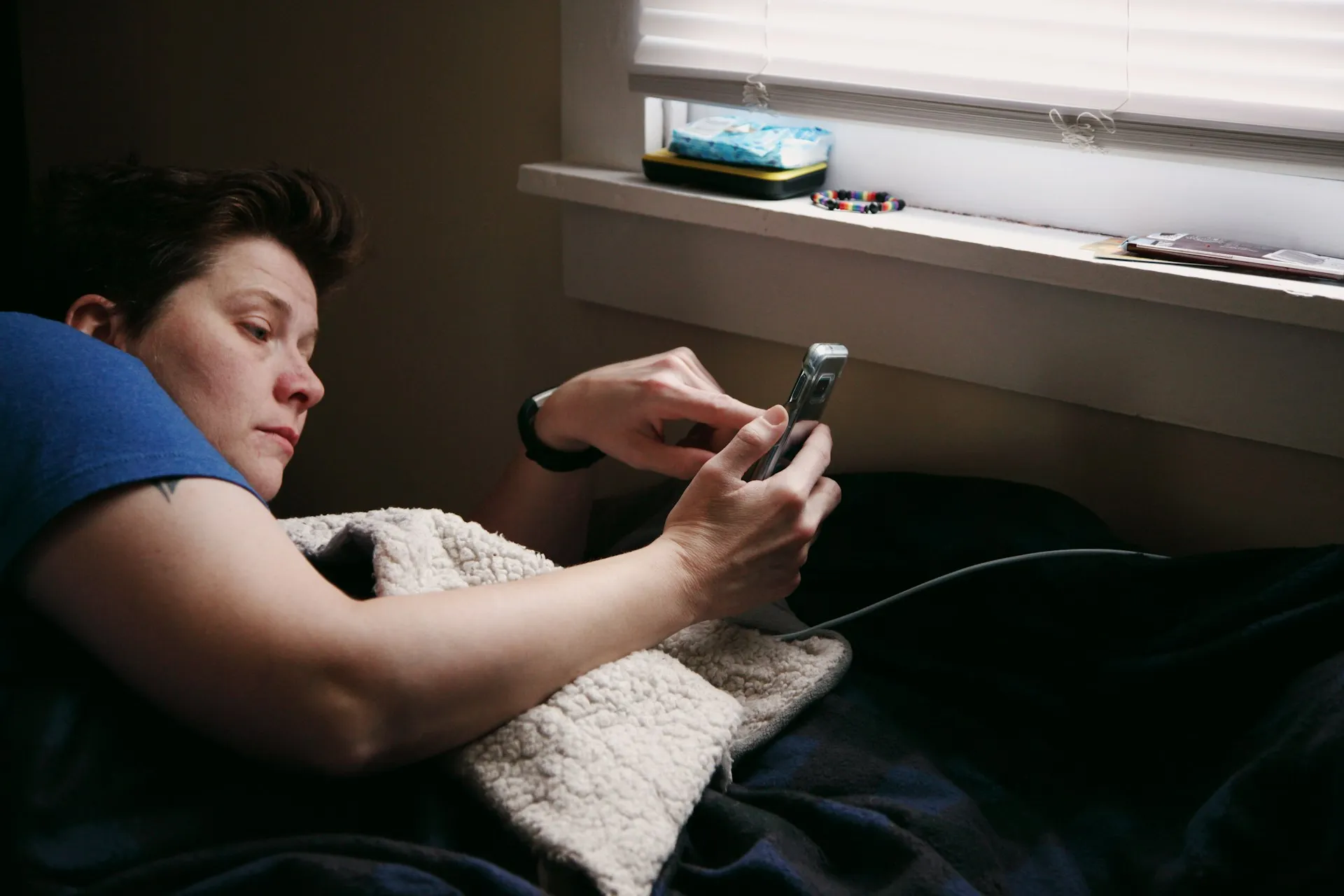
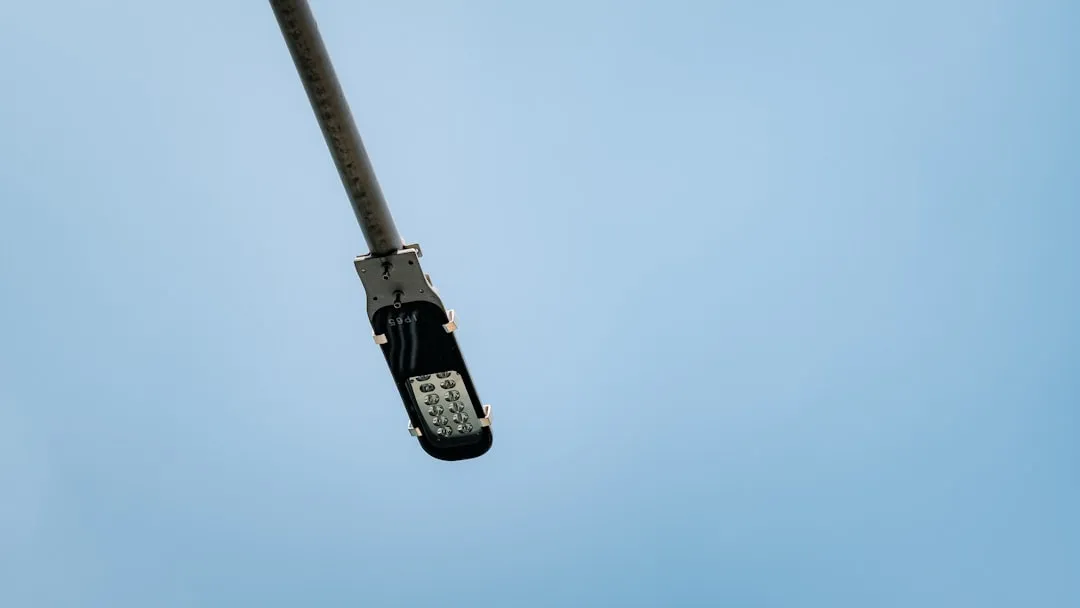

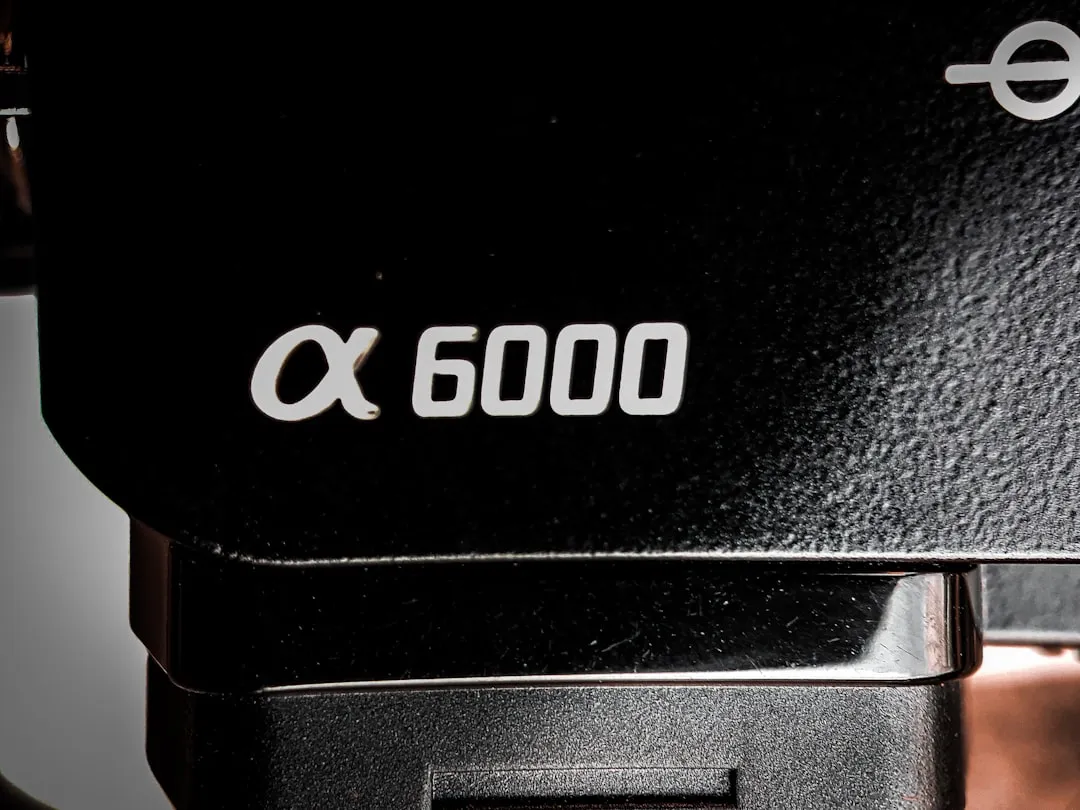

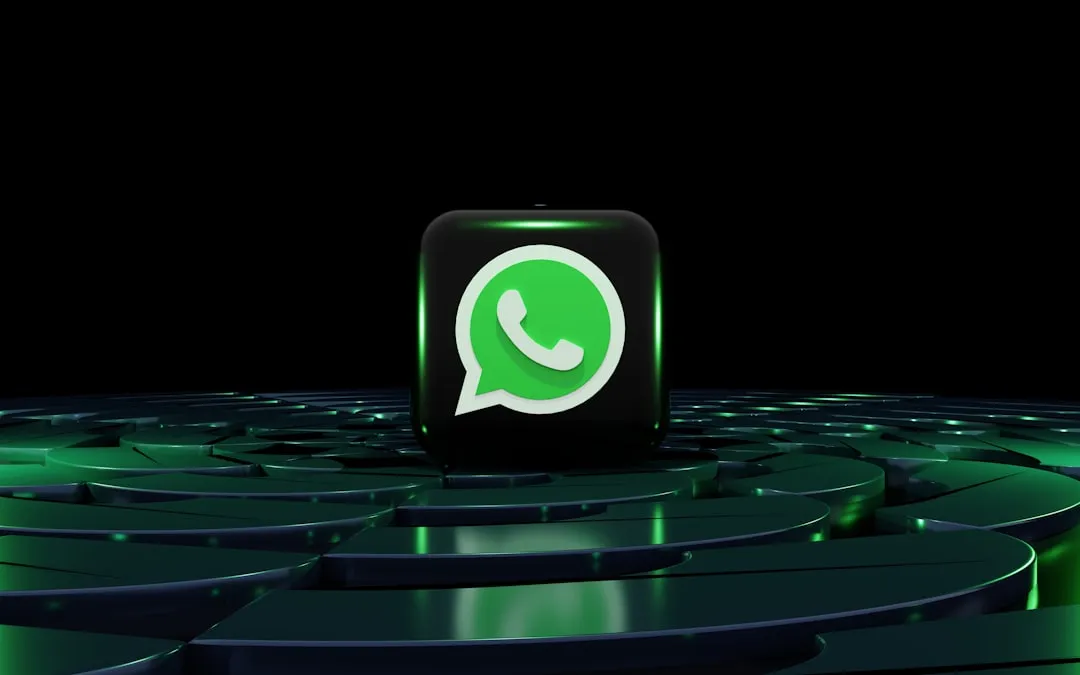
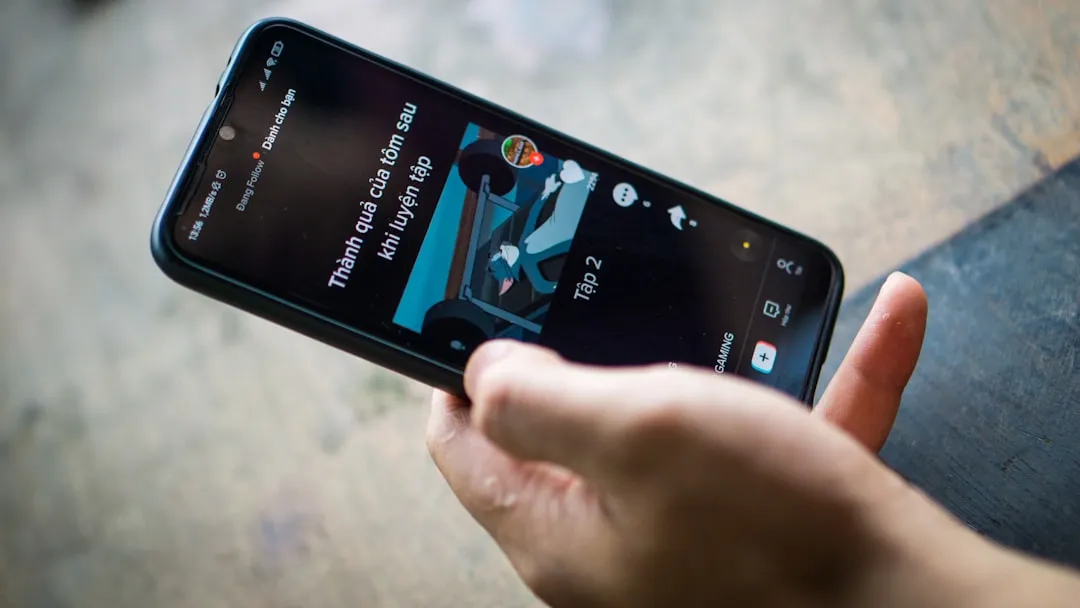
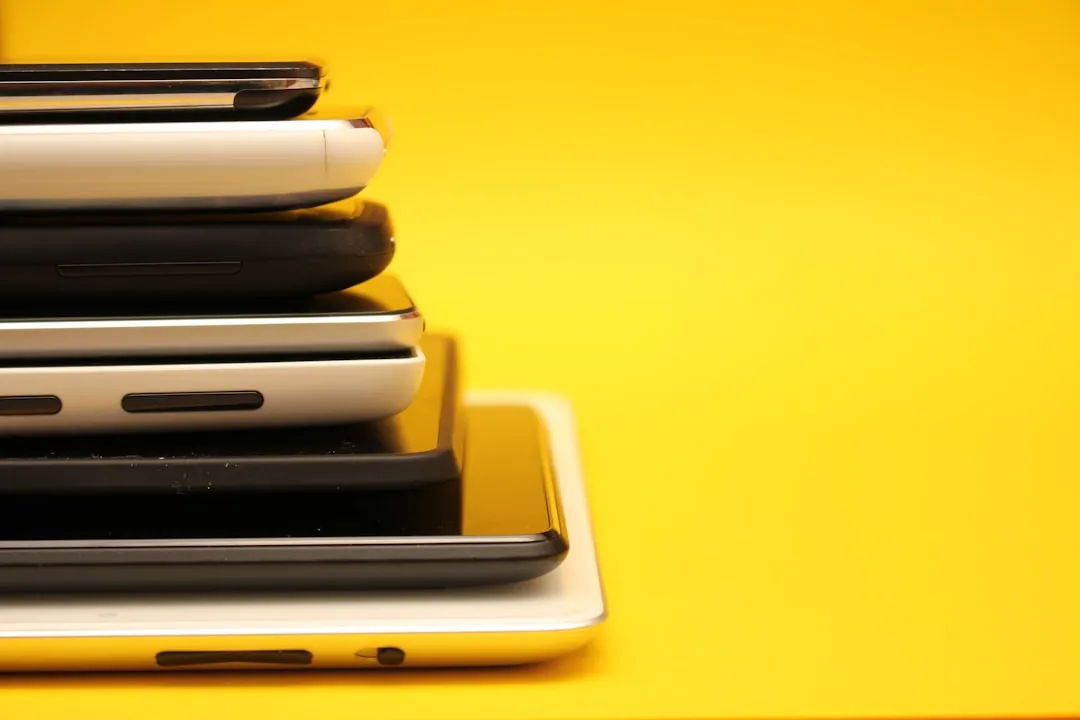

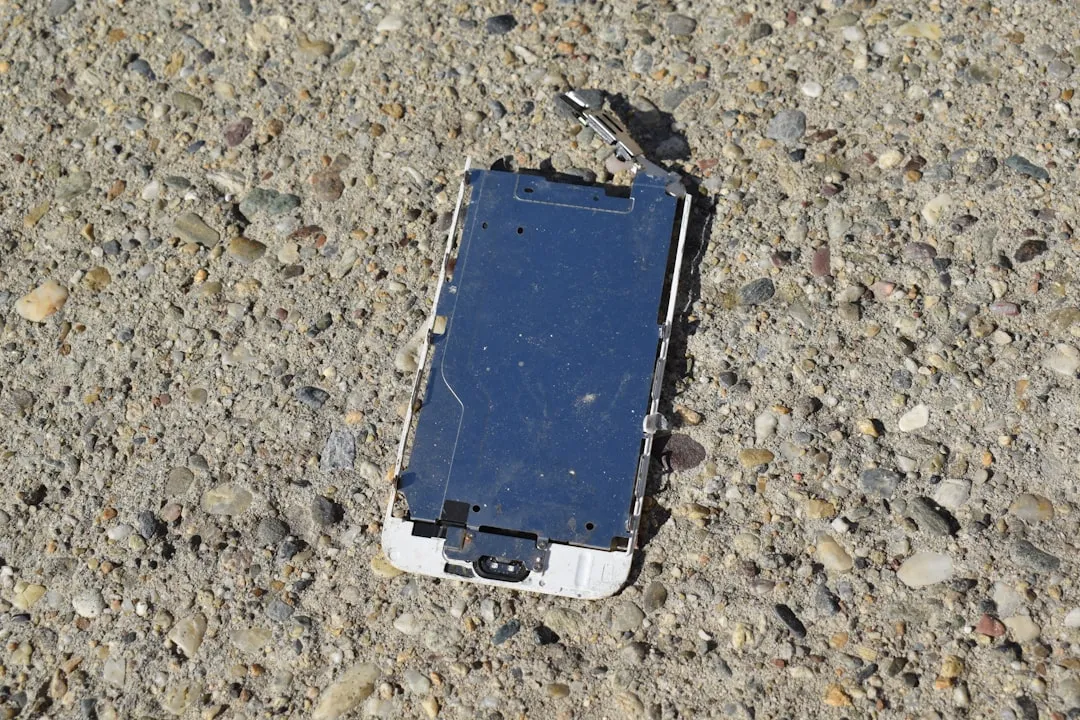
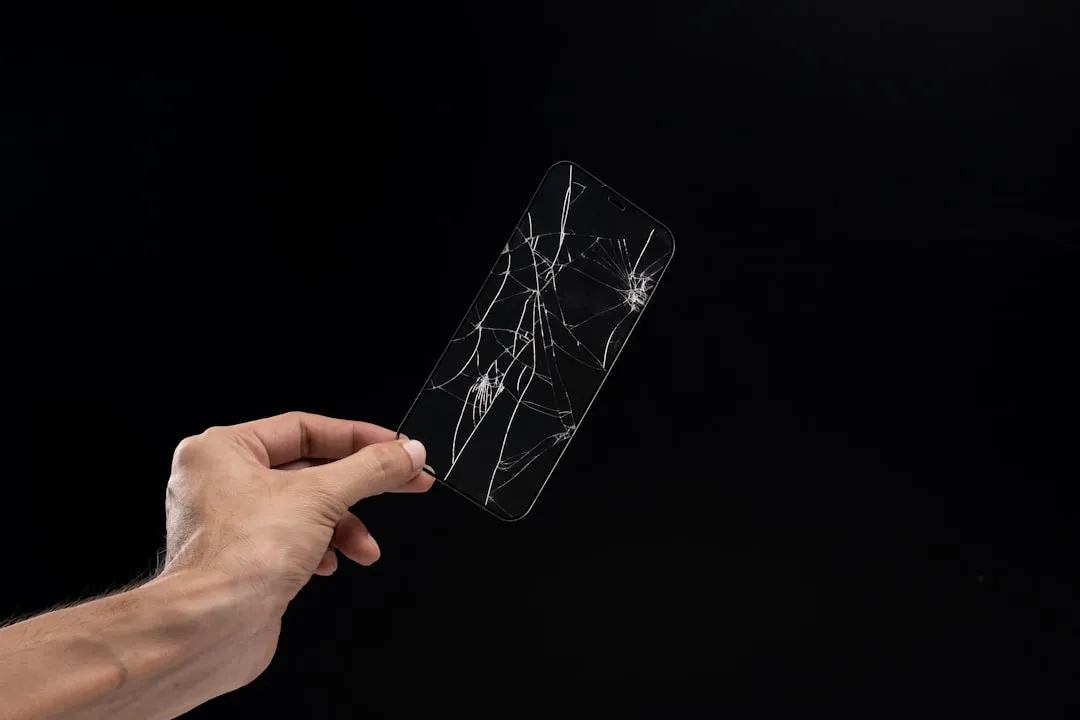

Comments
Be the first, drop a comment!